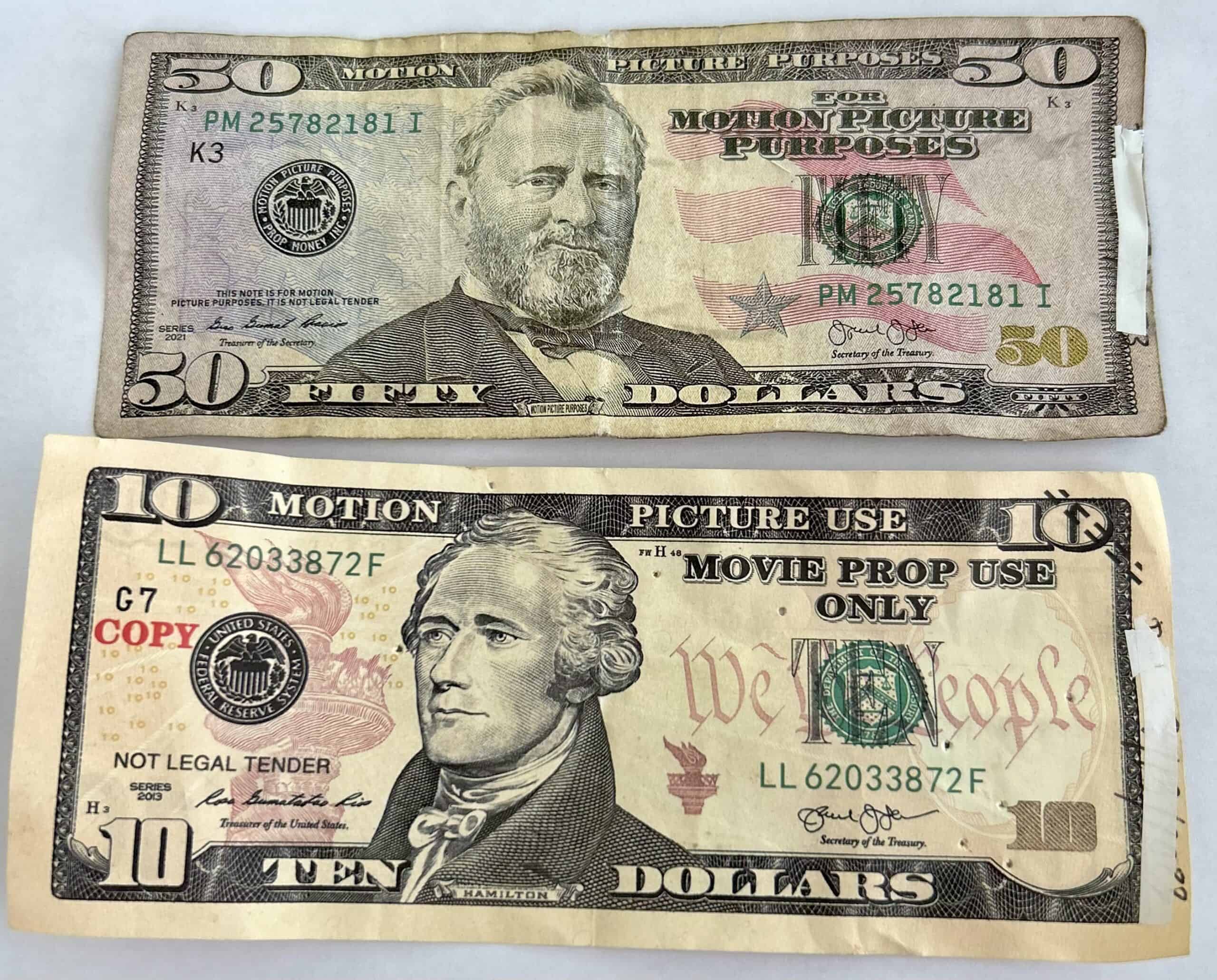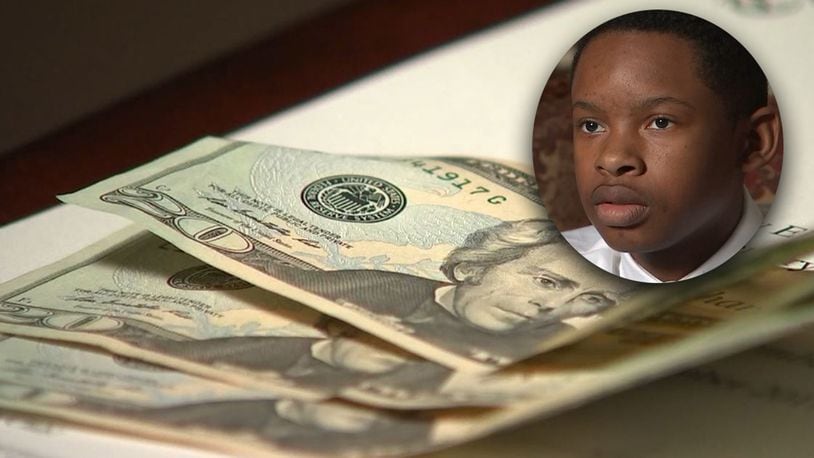Browse the marketplace: Obtain copyright Money for Sale with Confidence
Browse the marketplace: Obtain copyright Money for Sale with Confidence
Blog Article
Check Out usings Fake Cash in Artistic Creations and Theatrical Performances
Phony money, typically identified with deception and illegality, holds a strange appeal when it discovers its means right into the realm of theatrical efficiencies and imaginative productions. As we delve right into the complex uses of phony cash in these innovative domains, we start to uncover a world where authenticity and imitation blur, motivating us to examine the actual nature of value and depiction within art and efficiency.

Historic Value of copyright Money in Art
The historical value of imitation cash in art is a complex and interesting topic that clarifies the intersection of creative thinking, subversion, and socio-political commentary. Throughout history, musicians have utilized funny money as a device for challenging societal norms, questioning the value of money, and making effective statements about wealth and power.
Among one of the most significant examples of imitation money in art days back to the Dada movement of the early 20th century - copyright money for sale. Artists such as Marcel Duchamp and Hannah Höch included copyright right into their works to criticize the capitalist system and explore the principle of value in a swiftly transforming world
In addition, throughout times of financial instability or political turmoil, funny money has actually been made use of by artists as a form of objection or rebellion. By developing and circulating phony money, artists have actually had the ability to interfere with the status, challenge authority, and prompt crucial discussions concerning the duty of cash in society.
Impact of Imitation Currency on Visual Arts
Affecting the aesthetic arts landscape, phony currency has actually worked as a thought-provoking tool for musicians looking for to test conventional point of views on wide range and business. By integrating copyright into their works, musicians prompt conversations on the nature of worth, credibility, and social understandings of wealth. With the integration of phony currency, visual art work can face audiences with questions regarding the power characteristics intrinsic in financial systems and the illusions of success. Making use of phony cash in art additionally increases honest factors to consider regarding the limits of imaginative expression and the effects of reproducing lawful tender. copyright currency in visual arts can offer as a commentary on consumer culture, materialism, and the unrelenting quest of riches in modern culture. Generally, the impact of copyright money on visual arts is complex, promoting crucial representations on the crossway of money, art, and societal values.
Importance and Definition in Theatrical Imitation Displays
Using staged fake displays, musicians utilize symbolic depictions to communicate much deeper definitions and stimulate thought-provoking analyses within the world of performance art. Via the consolidation of copyright in theatrical manufacturings, designers can explore styles such as greed, power, corruption, and the illusion of wealth. The usage of phony currency on stage can serve as an allegory for societal problems, economic variations, and the delicacy of financial systems.
In theatrical efficiencies, the symbolic value of funny money expands beyond its monetary worth. It can represent the deceitful nature of looks, the pursuit of materialistic needs, and the effects of dishonest actions. By using copyright cash as a prop, artists can test audiences to examine truth significance of riches and the ethical limits that individuals may cross in its pursuit.
Ethical Considerations in Using Phony Money for Art

One major honest consideration is the possible lawful consequences of making use of phony cash in art. Counterfeiting money is illegal in the majority of countries and can cause significant consequences for musicians who knowingly include fake costs right into their work. copyright money for sale. This not just puts the artist in danger but likewise elevates inquiries regarding promoting illegal activities via art
In addition, there is an ethical dilemma relating to the authenticity of the art work itself. Utilizing funny money obscures the line between reality and imitation, potentially deceiving customers and compromising the stability of the creative piece. Musicians need to take into consideration whether making use of copyright lines up with their values and creative intents, considering the prospective effect on their online reputation and trustworthiness.
Future Trends in Fake Cash Combination
Thinking about the developing landscape of artistic expression, the unification of funny money in innovative works might witness a change in the direction discover here of ingenious and provocative avenues. As musicians continue to press borders and discover new mediums, funny money could significantly be made use of to challenge societal standards, examine the worth of currency, or make powerful declarations concerning wide range and consumerism.
One future fad in copyright cash assimilation might be its application in immersive art installations where target markets are encouraged to engage with the pieces, blurring the lines in between fact and impression. In addition, advancements in innovation might lead to the production of hyper-realistic funny money that is basically identical from real currency, opening opportunities for much more in-depth and intricate artworks.
Furthermore, collaborations in between musicians and counterfeiters might result in one-of-a-kind pieces that combine traditional creative strategies with the workmanship of developing phony cash. Nevertheless, honest factors to consider bordering the validity and morality of using copyright cash in art will continue to be a point of contention as these future fads unravel.
Verdict
In final thought, usings funny money in artistic creations and staged efficiencies have a long background and remain to give inspiration for musicians. From its historical importance to its impact on aesthetic arts and significance in theatrical displays, copyright plays a distinct duty in the art world. Nonetheless, honest factors to consider must be taken right into account when using funny money for innovative functions. The combination of copyright in art is most likely to proceed evolving in the future.
Generally, the effect of copyright money on visual arts is complex, promoting important representations on the intersection of money, art, and social values.

In final thought, the uses of imitation money in creative developments and theatrical efficiencies have a long history and continue to be a source of inspiration for musicians. Moral considerations have to be taken into account browse around these guys when making use of phony cash for innovative purposes. The combination of imitation cash in art is likely to continue evolving in the future.
Report this page